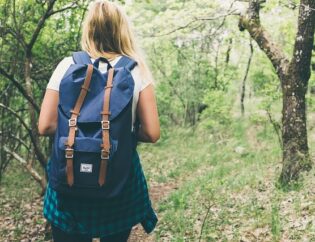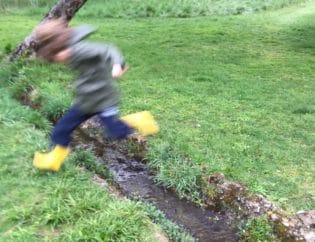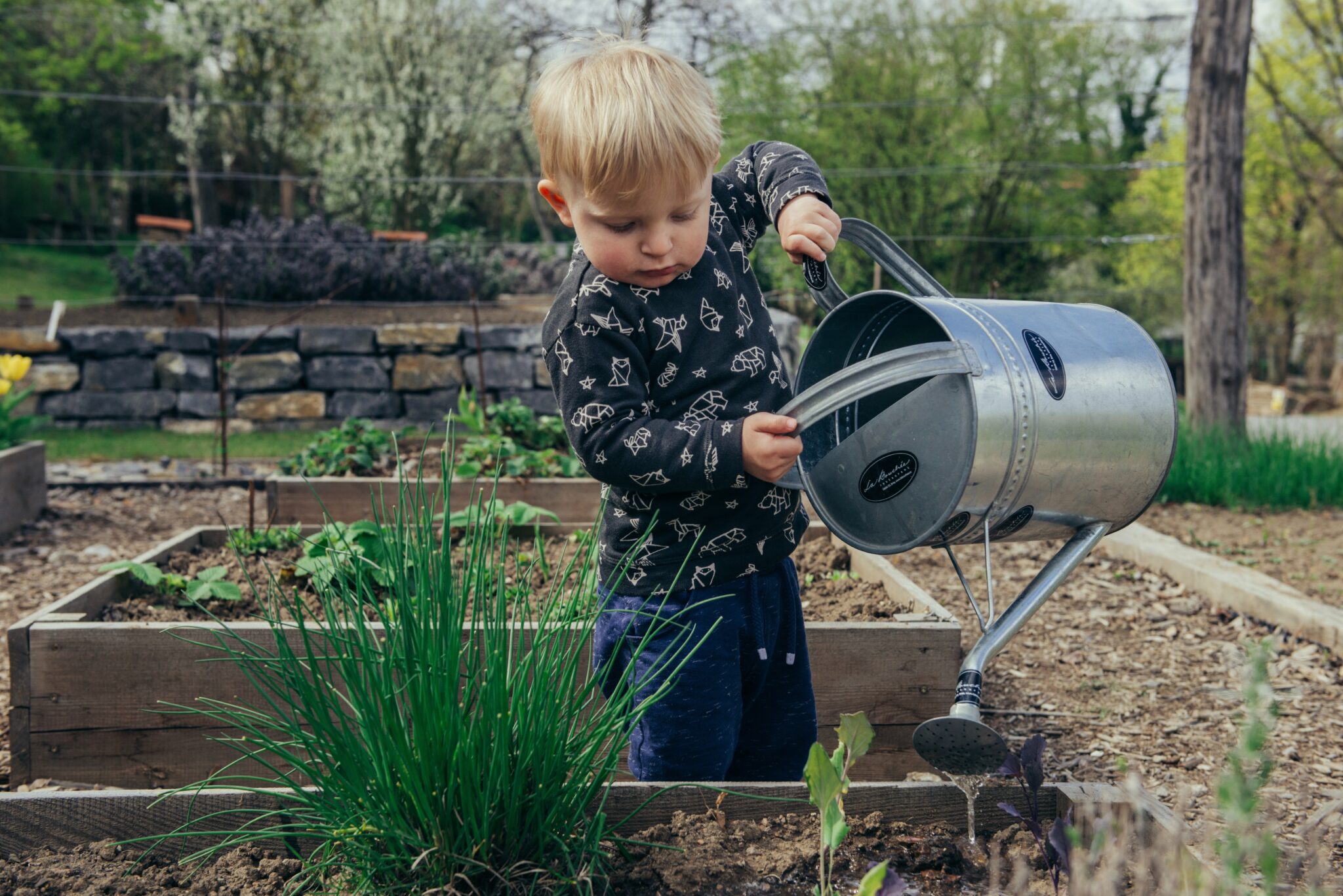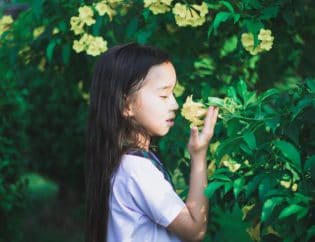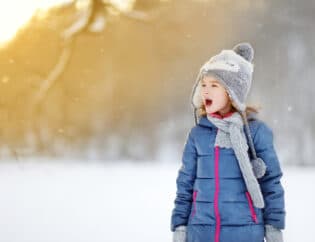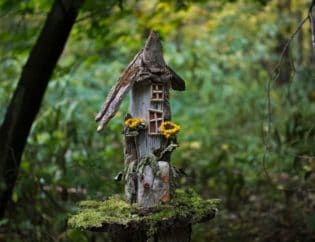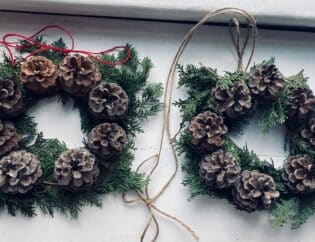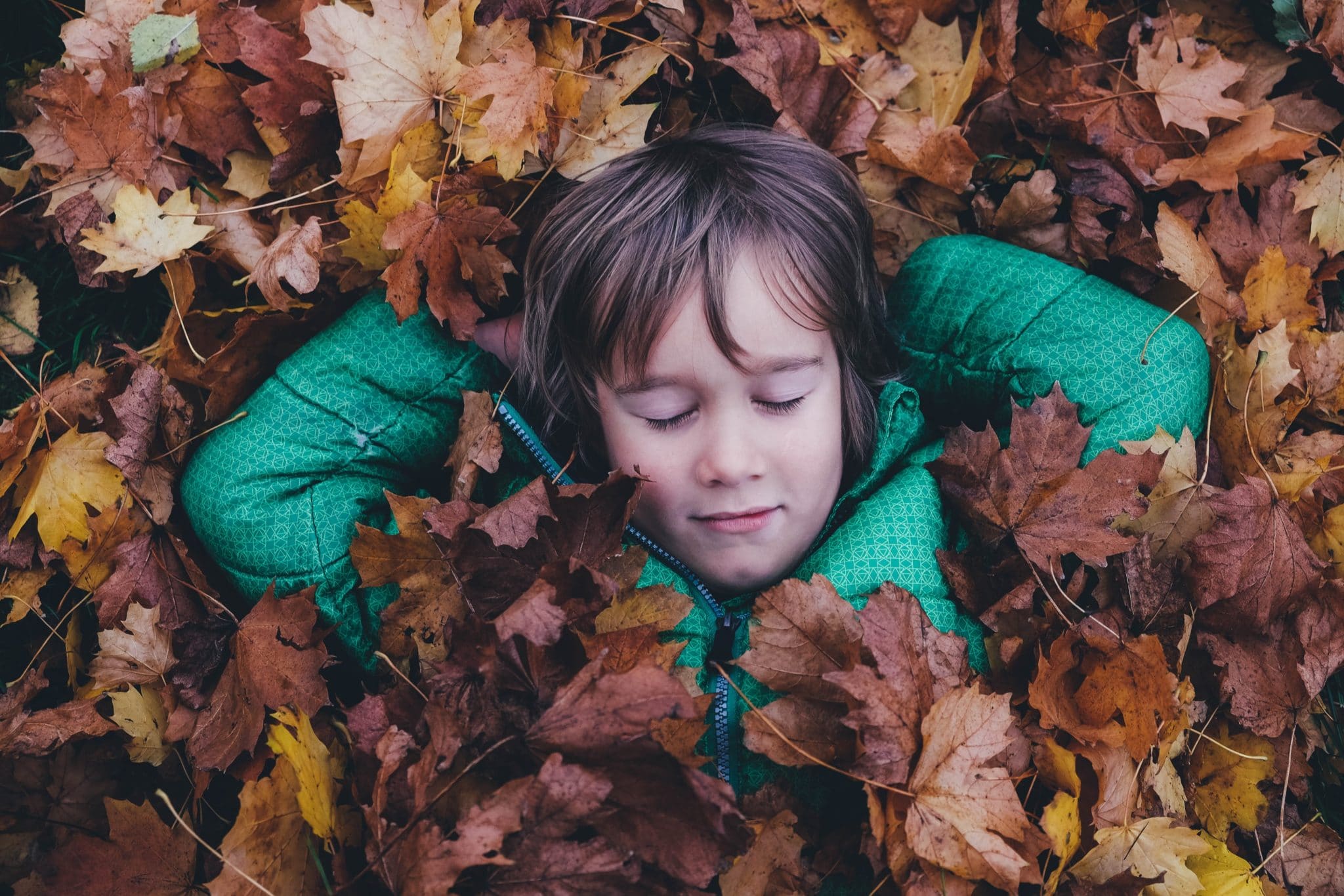
Leaves. They’re gorgeous. And, as it’s fall in the northern hemisphere, they’ll very likely, very soon be everywhere.
Raking up fallen leaves and sending them to a landfill in bags is the norm for most (American) families during the fall. Many people rid their yards of leaves so that they look neater, or because they believe that piles of leaves will kill the grass.
The problem is that this is a myth. A thin layer of healthy, organic leaves can actually help grass, enriching it with precious nutrients. Here are some reasons to leave the leaves this fall.
Natural Mulch
“Leaves form a natural mulch that helps suppress weeds and fertilizes the soil as it breaks down. Why spend money on mulch and fertilizer when you can make your own? Turning leaves into solid waste is, well, wasteful,” National Wildlife Federation Naturalist David Mizejewski said in an article on National Wildlife Federation (NWF)
Over time, the elements will essentially compost the leaves into nutrients that feed both the next year's grass as well as microbes in the soil.
Critical Wildlife Habitat
When you don't leave the leaves in your yard, you're harming critters who depend on leaves for shelter, bedding, nesting, and protection from the elements. Many species—many vital pollinators and pest controllers—rely on fallen leaves for cover and to insulate them from the elements.
“Removing leaves also eliminates vital wildlife habitat. Critters ranging from turtles and toads to songbirds, mammals and invertebrates rely on leaf litter for food, shelter and nesting material. Many moth and butterfly caterpillars overwinter in fallen leaves before emerging in spring," Mizejewski told NWF.
At the end of the summer, mated queen bumble bees burrow only an inch or two into the earth to hibernate for winter. Add to that moths, butterflies and bees, spiders, snails, worms, beetles, millipedes, mites, and more. And don’t forget these critters are a vital part of the food chain that larger animals including birds, chipmunks, turtles, and amphibians rely on for food.
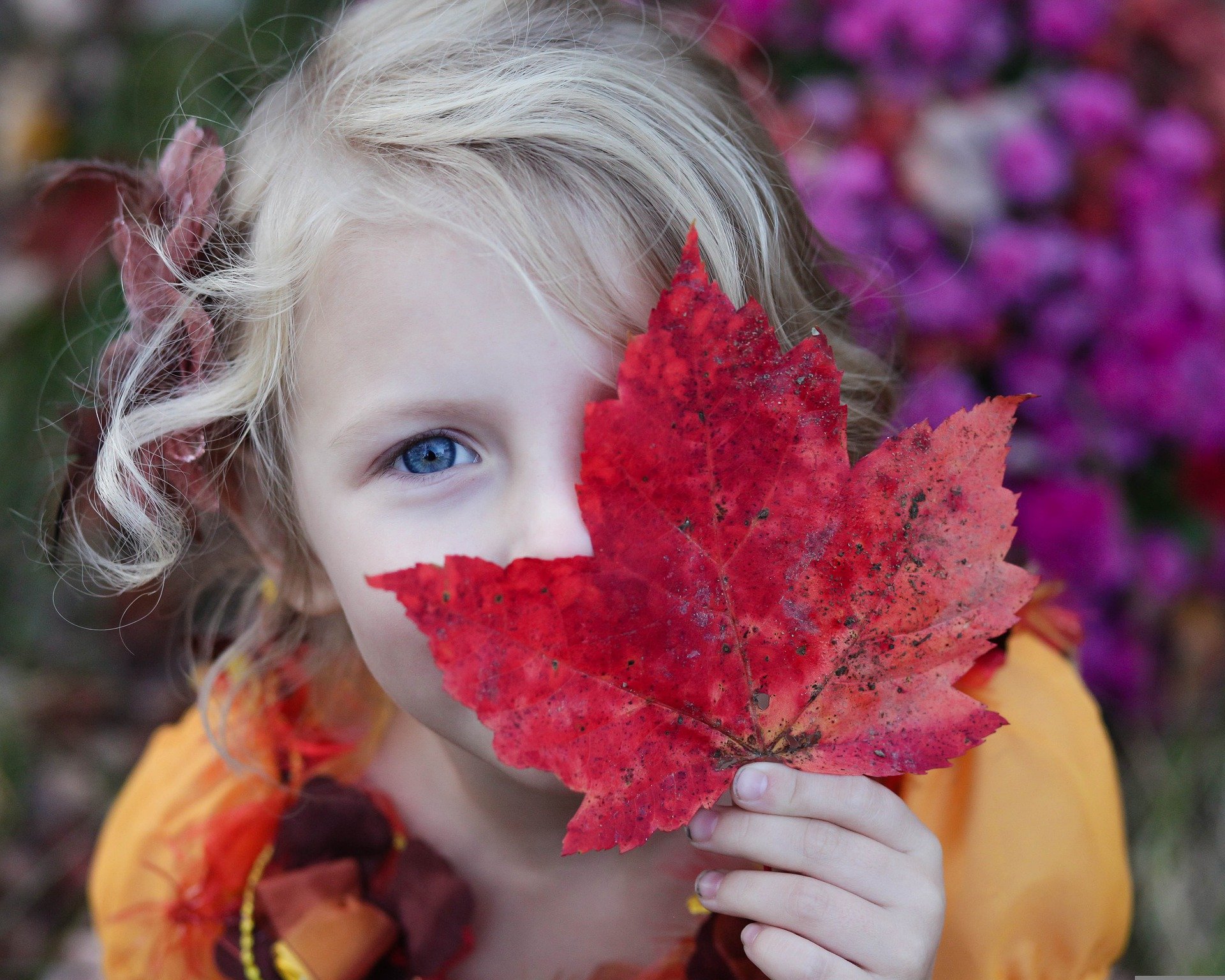
Yard Waste Is Wasteful & Polluting
A big reason to leave the leaves: bagging them up and sending them off is harmful to the environment. According to the U.S. Environmental Protection Agency, leaves, and other yard debris account for more than 13 percent of the nation’s solid waste—a whopping 33 million tons a year! Sending organic matter such as leaves to a landfill causes the release of greenhouse gases that contribute to climate change.
Without enough oxygen to decompose, this organic matter releases the greenhouse gas methane. In fact, solid-waste landfills are the largest U.S. source of man-made methane—and that’s aside from the carbon dioxide generated by gas-powered blowers and trucks used in leaf disposal.
Leave the Leaf Blowers
Benzene, 1,3-butadiene, acetaldehyde, and formaldehyde. All of these carcinogens are released each time a leaf blower is used. The ultrafine particles these small 200 mph tornados stir up include brake lining powder, lead, fungus spores, pathogens, pesticides, and herbicides. These particles can measure 0.01 microns or less, enabling them to get into the deepest recesses of the lungs.
Of course, the hydrocarbon emissions from leaf blowers are really bad. In fact, running a leaf blower for just 30 minutes releases as much hydrocarbon emissions as driving a Ford Pickup for nearly 4,000 miles!
Then there’s the noise. You’re not oversensitive. Leaf blower noise can get up to 100 decibels, high enough to cause hearing loss, hypertension, and a host of other illnesses. Imagine how the noise affects wildlife such as birds. In fact, studies on the effects of human-made noise on birds report declines in reproductive success and changes in vocal communication. A good enough reason to leave the leave AND the leaf blowers!
What To Do Instead of Raking or Using the Dreaded Leaf Blower
The good news is that you and your family, community, or school can be part of the solution, rather than part of the problem. Dig your heels in and stay determined to leave the leaves.
Put up signs educating others about why. Post on apps like NextDoor. Write to your town officials to ban gas-powered leaf blowers, or to leave the leaves in public spaces. Educate your home owner’s associations that neat and tidy should not be prioritized over healthy and natural.
If you do hire landscaping crews, make sure they do not use leaf blowers- especially gas-powered ones.
We hope you do your own yard work with your children. It is a fantastic way for them to observe seasonal changes and spend time outdoors. So what can you do with all those fallen leaves you're not sending to the landfill? Here are some tips:
- Let leaves stay where they fall. Wherever possible, let fallen leaves break down naturally for the benefit of the soil and wildlife.
- If you must remove leaves, compost them rather than throw them away. They won't hurt your lawn if you chop them with a mulching mower. According to an interview at Christian Science Monitor, plant and soil specialist, Dr. Thomas Nikoai of Michigan State University, says that by mowing over the fallen leaves to turn them into smaller pieces, the leaves will actually enhance the lawn's fertility. It's merely a matter of mowing over the leaf-filled yard a few times during the season
- If your pile is too large, you can rake leaves into areas around trees, or use them as winter mulch for perennials or to cover garden beds.
- Let leaf piles decompose naturally. By the spring, the lower part of the leaf pile will be converted into rich soil, while the middle and top layers can be used as mulch.
- Keep a pile of leaves next to the compost, and cover layers of kitchen food waste throughout the winter. You’ll have nutrient-rich compost to add to your garden next spring.
- Start your own grassroots campaign in your neighborhood. Ask your children to help design a sign to educate your neighbors on the good you are doing for the local wildlife and the plant by not raking or blowing.
The Bottom Line: Leaves are Not Litter
At Childhood by Nature, we like to help you raise young naturalists so they learn from their local environment. Our favorite approach is to focus on the nearby and practical ways that you can teach children to help protect nature. Leaves are a great nearby nature lesson. And the message is simple: Leaves are Not Litter! Let's Leave the Leaves!


